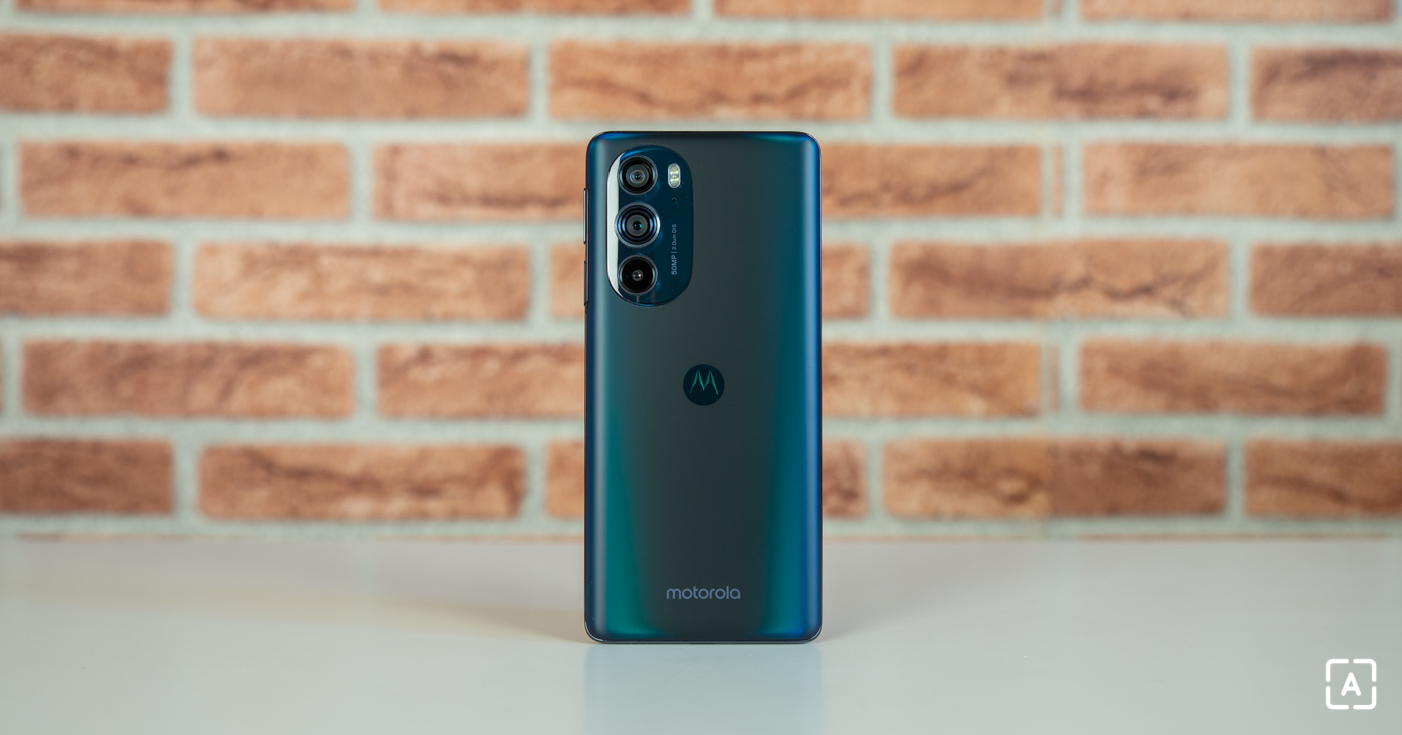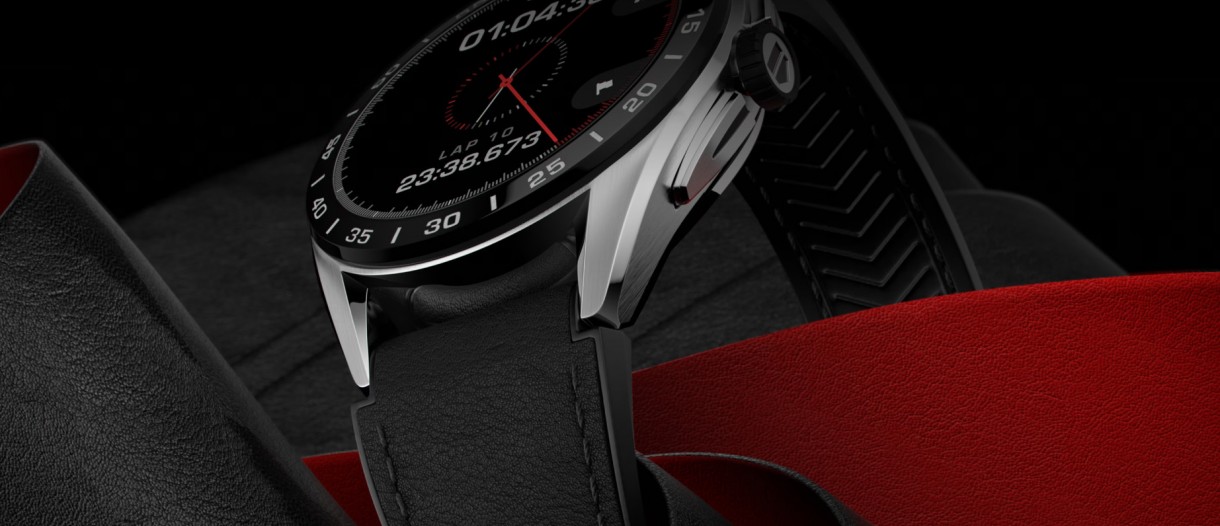The Legend of Zelda: Skyward Sword HD
Start too slow
The Legend of Zelda: Skyward Sword HD does not begin in the familiar kingdom of Hyrule, but high in the clouds on the flying island of Skyloft. It is home to Linka, Zelda and several other quite forgettable characters, who either have no idea about the mythical land on the surface, or have heard little about it.
In Skyloft you will also find one of the most ambitious tutorials, respectively unnecessarily long, and we will too “hold the player by the hand and explain EVERYTHING to him” at all. This may be acceptable if you have never played a game in your life. But if you know how to orient yourself in space, you understand the basic concepts of 3D games and your memory is not reset every five minutes, the introduction will start to bore you before Zelda gets lost.
Yes, it doesn’t take long and Zelda is gone. No one but you can save her, so you saddle a faithful plumage, break through the clouds below you, and literally fall (well, sail) to the surface.
Even Skyward Sword, the story’s introduction to the series, offers nothing more interesting than a typical Nintendo game, despite the sincere efforts. The story is a solid yawn, which is lifted out of apathy by at least negative Ghirahim. But that’s only because he dresses and acts like Freddie Mercury crossed with David Bowie.
But a weak story doesn’t have to bother you so much, because it’s just a typical Nintendo. Prim plays what at least I really care about personally: game mechanics, puzzles, design and gameplay as such. It must have been more than impressive a decade ago, and I’m glad that from today’s point of view, it’s only a little old.
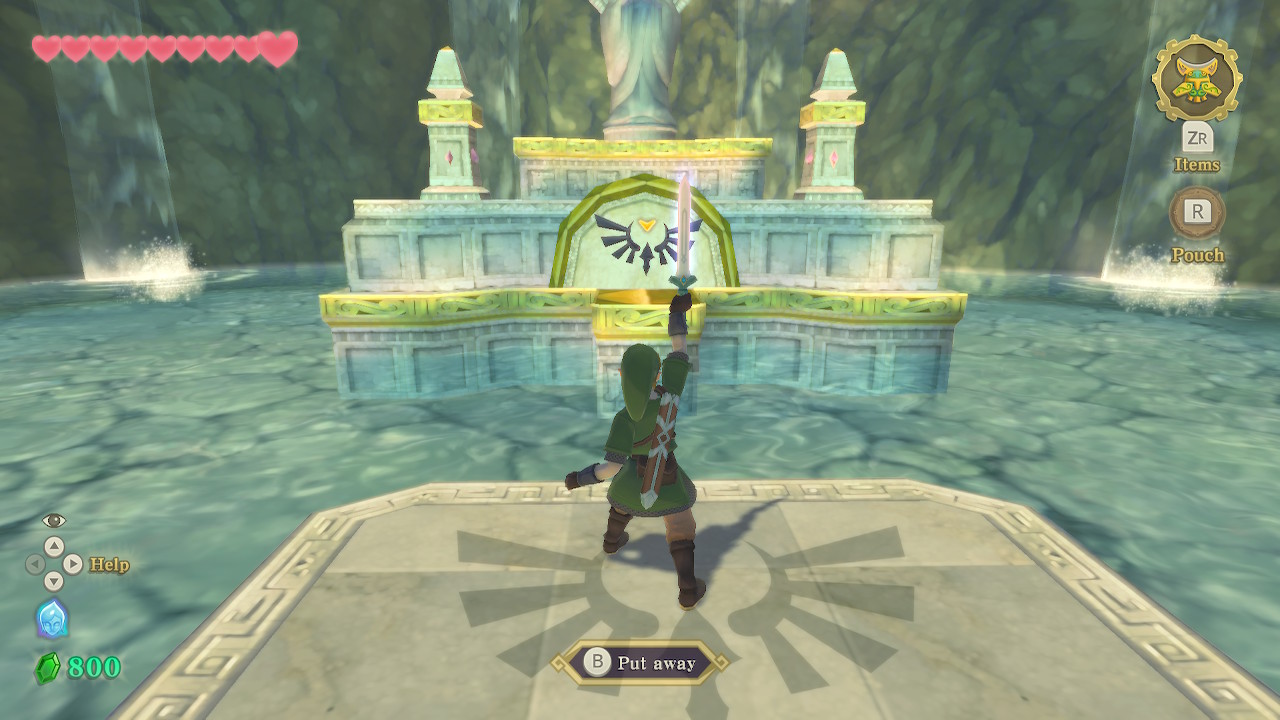
We step on the gas
Even with my limited experience with the series, I know how significantly different, bold and innovative Breath of the Wild was. That’s why I didn’t expect anything like that from Skyward Sword and I didn’t get it either. Nevertheless, I also see the acquaintance Zelda here. With Breath of the Wild, Skyward Sword has several interfaces and I quickly realized that my favorite Zelda has its roots in the clouds. In Skyward Sword HD, you will recognize a wheel with stamina, a tarpaulin that slows down, or you collect beetles and other raw materials through which you improve your things.
Skyward Sword, however, is not an open adventure with the potential for hundreds of hours, but rather a linear series of environmental puzzles with a touch of adventure. Yes, in the later stages, the game will open up a bit and let you breathe a little, but there can be no question of the freedom and possibilities of Breath of the Wild.
Instead of absolute freedom, you move in more or less linear levels and solve not very complex puzzles in order to get further. Sometimes you have to figure out how to flood the temple and get to an otherwise inaccessible place thanks to the higher level, other times you have to figure out how to let the lava flow away, and thus clear the way forward. Often you are looking for ingeniously hidden parts of the keys and usually you are just trying to get back a bit closer to the lost Zelda, while the path to the goal leads through enemies, hopping, jerking, swinging on vines, driving a mining truck or fighting a boss.
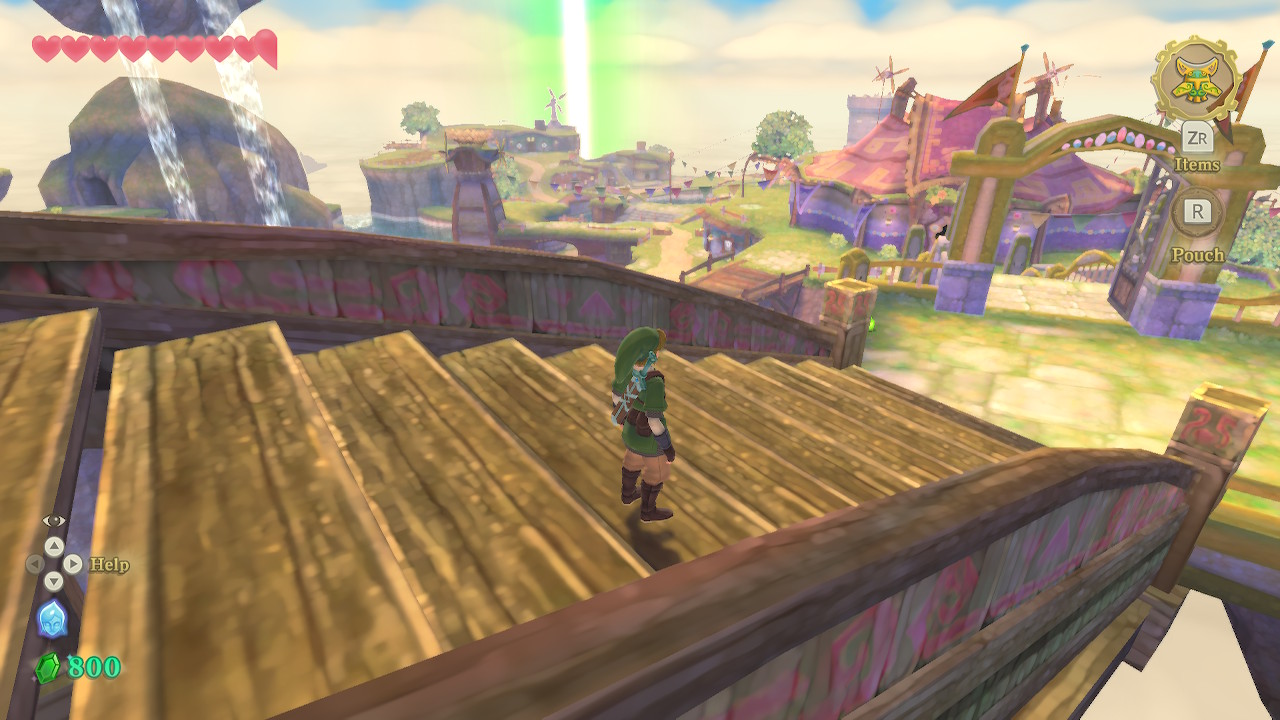
Skyward Sword doesn’t make much of a distinction between outdoor and underground environments, so it’s a bit of an exaggeration like a series of dungeons. Sometimes small, sometimes larger, several times even quite sweeping, but in any case it is a very pleasant look in the rearview mirror: until the open world was not standard and instead of emergent gameplay, developers had to rely on the purity of their design.
Skyward Sword instead of a giant world must work with relative little. And that she can work with him. Each location and dungeon is packed with ingenious, thoughtful and playful level design in a way that only Nintendo can do, and it won’t fit today. One then occasionally forgives developers more than one stupid fetch quest, sparks dubbing, and narrows their eyes at the constant explanation of the basics. The design of the environment and the puzzles do not seem austere, they have aged minimally, and although the puzzles are not particularly difficult, their solution is a joy to discover.
I didn’t feel like a real adventure like in Breath of the Wild while playing Skyward Sword, yet I enjoyed everything the Nintendo developers could come up with. How they managed not to repeat unique ideas (mostly) very often and how they masterfully composed one playful sequence for themselves, here for the imaginative, here for the dramatic, here for the playful, another imaginative, until they made a tasty game ratatouille out of it, which for a moment returned to my young playing years not unlike the film Anton Ego.
But it’s true that when I pause on the layout of some locations, I have to tap my forehead. More than once, you have a very obvious obstacle course, where the designers require you to use all possible tools available in a specific order. Does such an environment give any logic within the world? Not a bit. It is funny? Very.
However, the design of the Skyward Sword was not timeless enough to keep my mouth open today, and I wondered what the Japanese mages had accomplished again. It’s very good, it’s fun, it has its charm and heart, but today’s player will probably not be amazed. Although, for example, playing with time in the desert is really impressive and imaginative from today’s point of view.
Nor will Link’s equipment be amazed. His gadgets are quite normal in games today, but I was still looking forward to every new toy. The new widget will open up new possibilities for you, not only at the current level, but above all will open up unexplored nooks and crannies in long-explored localities. And as I don’t like returns to previously completed areas, here I was willing to take him at his mercy. Whether thanks to a pull hook, bombs, or even a whip.
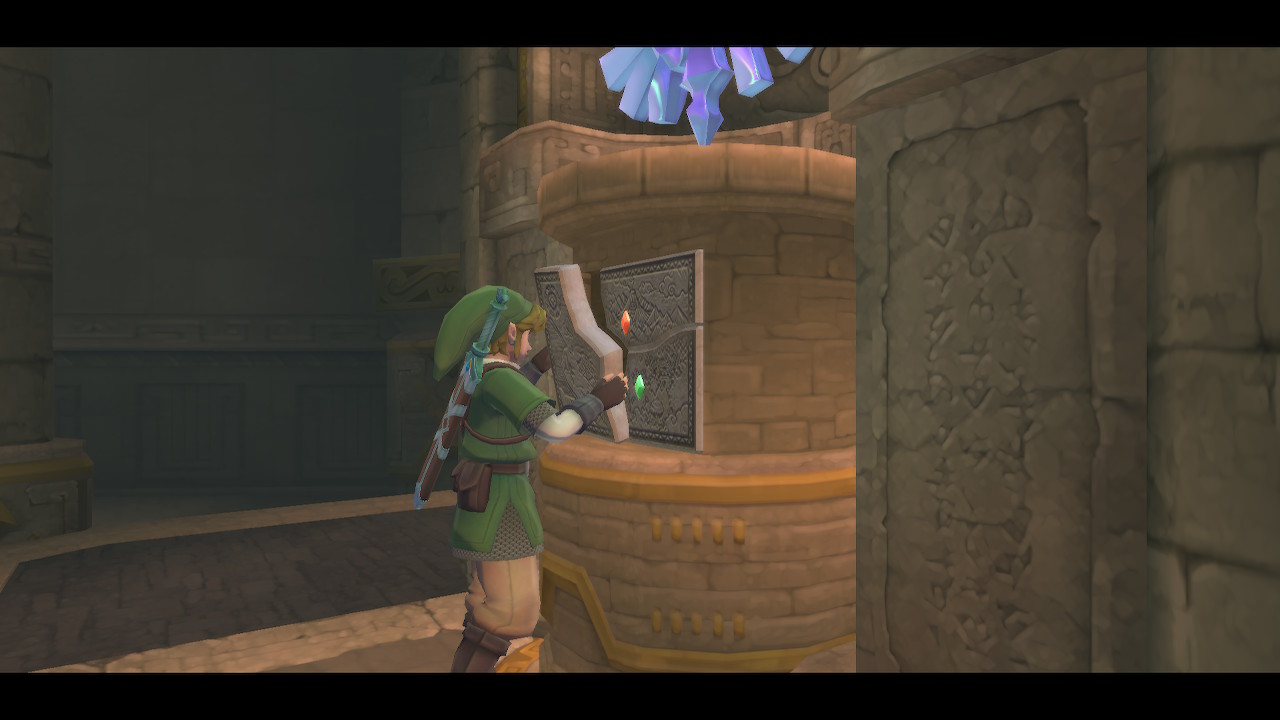
When you are not in the dungeon, you can return to the city in a diabolical way for repairs, shopping and look around the local overworld in the form of seemingly endless clouds. These are interesting at first glance and I can imagine that ten years ago it must have been stunning on the Wii.
Just flying around and discovering the secrets of individual flying islands is fun even today, but you will very quickly find out that you didn’t want a dog here – the dog wasn’t even here. Next to the home Skyloft, there may be two other interesting places, otherwise it’s emptiness, misery and a nice-looking Potemkin with a handful of routine fetch quests. Fortunately, Overworld is saved by at least first-class orchestral music, which is a joy to listen to really anywhere, whether you are high in the clouds or in the depths of one of the dungeons.
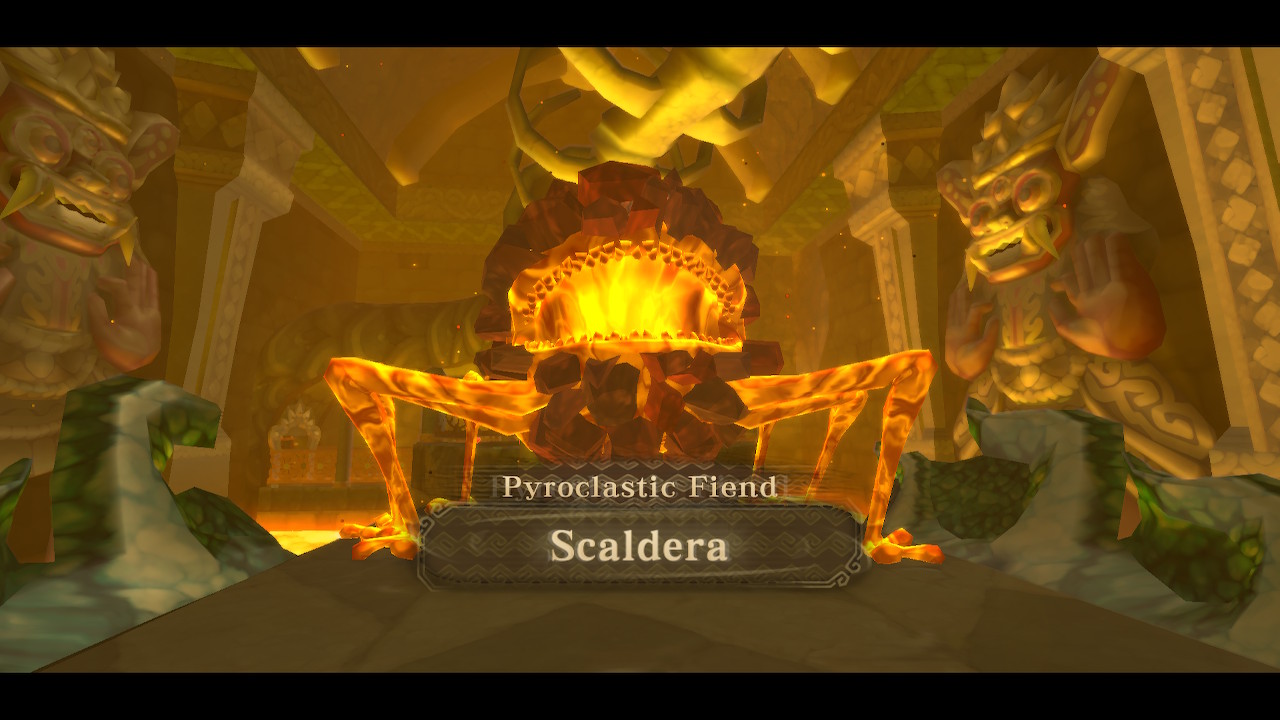
Airbag to the face
Unfortunately, I don’t remember the last time I had to struggle with the controls and the camera like this. I started Skyward Sword HD first on the Pro Controller, which was a mistake. Yes, the game is newly adapted to motionless controls, but in this case, your camera does not rotate at all and you do not even rotate it with the right lever. It is used to swing a sword. You only turn the camera by holding L and only turning the right lever. Clumsy, barely functional. for me personally on the verge of gameplay. No matter how hard I tried, I couldn’t get used to it, just as it was bothering me to swing my sword with my right lever.
After a few hours of torment, I resignedly took Joy-Cony in my hand and tried to play Zelda as the developers had suggested – with motion control. And it’s better. At times, however, I also struggled with Joy-Cony, with whom, for example, flying or swimming is really a punishment. For running, regular fights and puzzles, the motion control was imperfect, but mostly carefree. It just took me a little longer than if I just pushed a button. But more demanding fights and bosses or time-consuming situations were extremely frustrating.
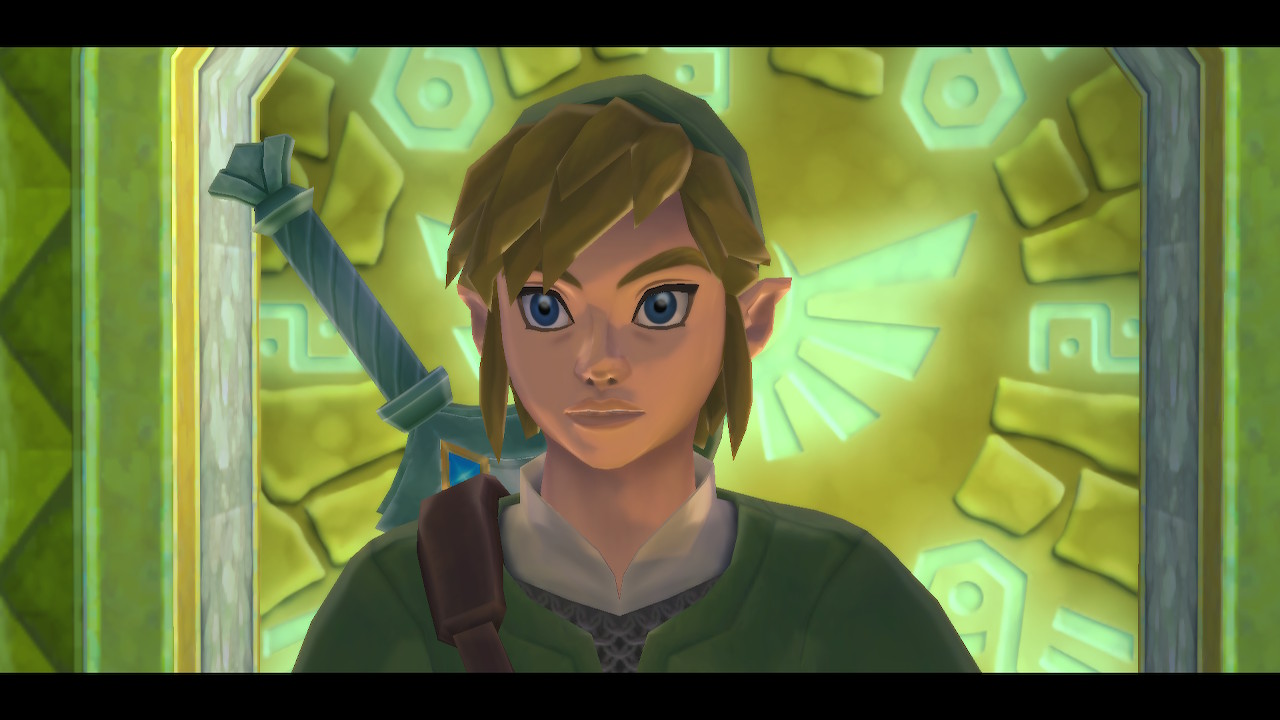
Motion control was not accurate and fast on either the Wii or the Kinect, and not accurate and fast on the Switch. Unintentionally chopping in another direction cost me my lives, the Game Over screen came several times, and I had to repeat the passage, hoping to flick Joy-Con this time so I wouldn’t have to flick the wall with it. No less frustrating was the constant need to reset and recalibrate the Joy-Con. You can do it during the game and at the touch of a button, but when I did it for perhaps a thousand, I wanted to just turn it off again.
The worst thing about Skyward Sword HD motion control is that you can see what you have to do. You know exactly how to do it. You try your best to do it, and you think you’re doing it right. But the game sometimes detects your movement differently, does something else and you lose. That’s exactly why I had to postpone the game in a state of absolute frustration several times and go breathe fresh air. But I always came back with gusto, all looking forward to more puzzles.
I understand that the Wii was based on motion control, and that Nintendo could not release the Zelda on the Wii at the time and not have motion control there wherever it was offered. But in some cases, its futility is downright exemplary: Do I really have to turn Joy-Con to turn a strangely shaped key so that it fits into a hole? Do I really have to balance on a rope over an abyss? Holt, we have the honor of being a remaster, not a remake, so we have to take both the good and the bad.

Even the bosses, who are mostly inconsistent, have not aged well. Some of them are still interesting and entertaining (such as Kloktos), while others, led by Scaldera, look sloppy. Clearly unforgivable is several repetitions of the fight with one boss, with only slight variations.
One of the most annoying features of the whole Skyward Sword HD is Fi. Your blue mentor, who appears too often, is still talking to you and almost never has anything to say. Fi disrupts the pace, pulls me out of the otherwise very pleasant atmosphere, and 90 percent bothered me with either repeating the previously said or confidently declaring something that couldn’t have been clearer at the time. I have no idea who might be thrilled with Fi and consider her a useful companion. Unless really small children, however, not for Zelda: The age rating of PEGI is 12+.
Also fascinating is Nintendo’s constant effort to sell limited cheats disguised as toys. The local amiibo is an absolutely fundamental improvement from the quality of life rank – when using it you no longer have to run back to the storage statue (there are always only a few of them in dungeons and levels), but you can soar back to the cloud and thus to the city for repairs. and shopping from anywhere, and then simply go back again. Whether you look at it as a cute toy, an innocent improvement, or a cheeky practice reminiscent of the worst microtransactions, I’ll leave it to you.
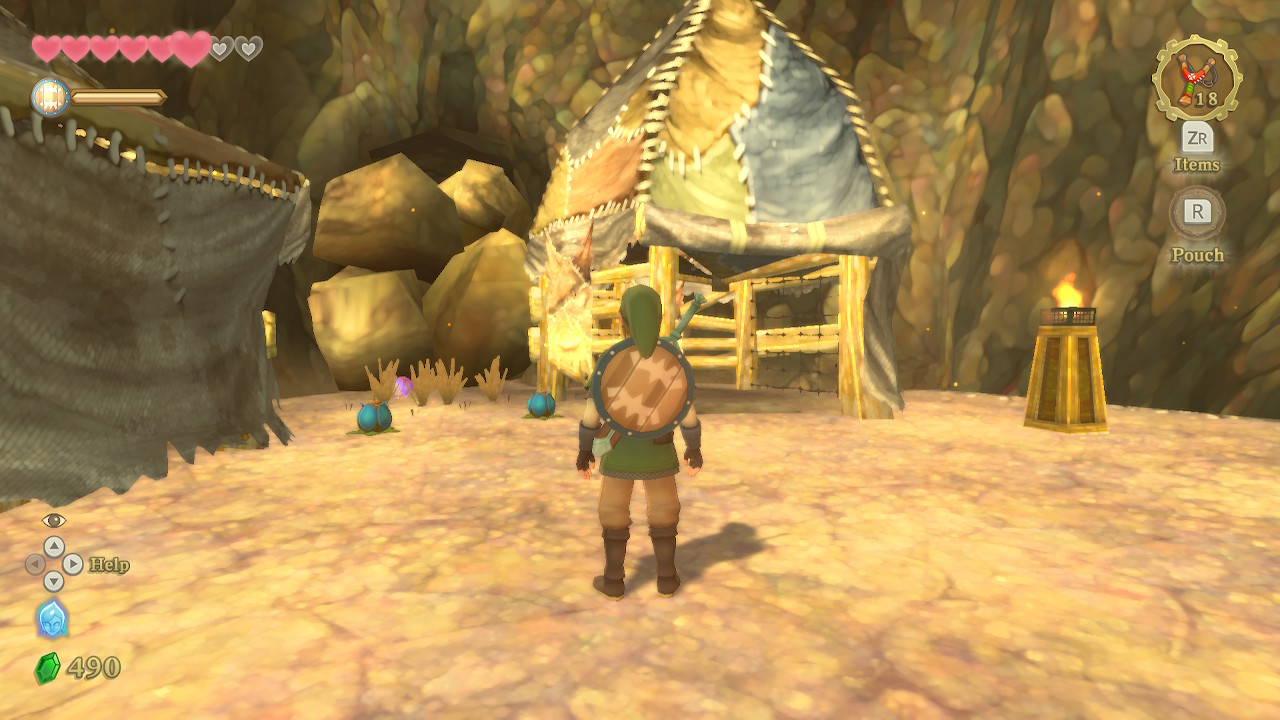
Patience brings Zeld
The Legend of Zelda: Skyward Sword HD is magical and fun for most of the game time, but at the same time it managed to bother me at any moment. Mostly just small things, but sometimes a real scarecrow stuck out the corners and I preferred to turn off the game. You have to rule this seldom with an increasingly rare commodity these days: patience. Bite control, camera, some design flaws, uselessness, relics of the past and the fact that the game does not respect you and treats you like a little child.
If you can do this without breaking your teeth or Joy-Cony, Nintendo will reward you with more than a solid portion of linear entertainment, greatly designed puzzles and very pleasant tens of hours of quality entertainment, which you won’t give in one go, but something will still pull you back. Weaknesses cannot be overlooked, but they clearly fade compared to strong ones.


